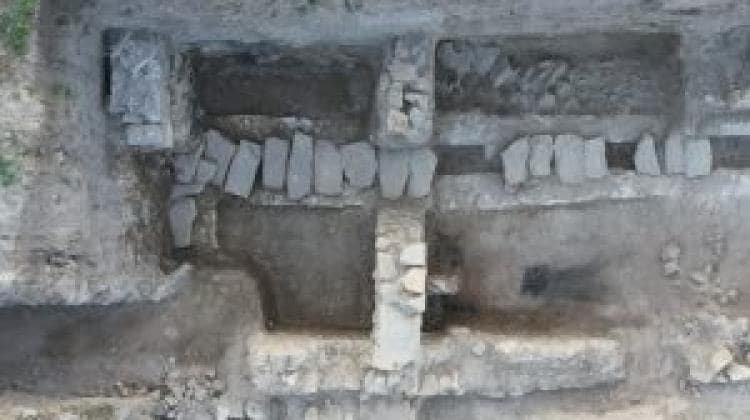A new ancient refrigerator with additional cooling has been found at an excavation site close to the town of Svishtov (on the Danube), according to a report from Science in Poland, a science news outlet run by the Polish Press Agency. The discovery was made by lead archaeologist Piotr Dyczek, a professor at the Center for Research on Antiquities of Southeastern Europe at the University of Warsaw.
Near the city of Svishtov, in northern Bulgaria, on the Danube, is where you'll find the Novae camp. Probably somewhere in the middle of the first century AD, it was founded. This location is linked to the First Italian Legion, whose presence may be traced to the fifth century AD. The principalia, the camp's administrative center, was found to be the most significant of the camp's monumental structures. The legionary hospital (valetudinarium), as well as the baths (thermae legionis), are similarly magnificent. The camp is 17.99 hectares in size.
The camp had a necropolis on its southern and eastern sides, as well as a town (canabae) on its western side. The Novae defenses were bolstered in the late ancient era, and a new section (the so-called annex) was erected to the camp on the eastern side, occupying an area of about 8 hectares. Soldiers and civilians coexisted inside the walls at that time. The final centuries of the sixth century contain the earliest signs of Roman activity.
A Roman-constructed food storage container that served as a primitive refrigerator for traveling soldiers was recently discovered in Bulgaria. Photo: Piotr Dyczek
Researchers discovered a complex of wooden and earthen military barracks connected to the VIII Augustus Legion during this year's excavation campaign. This legion was the first to be stationed permanently at the Roman Empire's Danube border. Scientists measured the structure and found that it was sixty meters long and thirty-eight meters wide.
Here was found the earliest known well in Novae, which provided water for the legionaries. Additionally, a network of ceramic and lead-piped aqueducts was discovered.
“At the lead water pipe, a container made of ceramic plates was placed in the ground – so that the pipe ran along its longer side. This is an antique refrigerator, another one that we discovered, but this time with additional cooling. Inside, there were fragments of vessels for drinking wine, bowls, and animal bones. This will allow us to recreate the last meal,” mentions Professor Dyczek.
A series of unusual pots, including a set for drinking wine, were found during the excavation of a ceramic furnace from the fourth century. A smooth and comb design is used to embellish rare black-surfaced vases. The dispute between the specialists on the dates and provenance of these unique watercraft on the Danube is expected to come to an end when Prof. Dyczek argues that the set can be properly dated.
A tiny pendant depicting a silver, painstakingly crafted mouse with every last detail perfected is also among the relics that have been discovered, along with almost two hundred other antique trinkets.









